In “Trampoline,” episode 2×18 of The Good Doctor, Dr. Shaun Murphy, usually the insightful diagnostician, finds himself on the other side of the hospital bed. While Shaun has been a patient in other episodes, notably for an ankle dislocation in episode 4×18, this episode provides a compelling case study of blunt force trauma and highlights Shaun’s resilience and diagnostic acumen even when injured. This detailed case review will focus on episode 2×18, exploring the medical events and Shaun Murphy’s journey as a patient.

The episode opens with Shaun reeling from his termination by Dr. Han in the previous episode, “Breakdown” (2×17). Instead of attending a job interview, Shaun seeks solace in a bar, where he encounters Zack Cordell. A confrontation ensues, resulting in Zack punching and kicking Shaun in the ribcage. Interestingly, Zack then collapses himself, leading Shaun to call for an ambulance. Both men are transported to St. Bonaventure Hospital, with Shaun unknowingly becoming a patient himself amidst the unfolding medical mystery of Zack’s condition.
Upon arrival at the ER, Zack presents with alarming symptoms: loss of consciousness, a laceration with a closed head injury (despite bleeding from the back of his head upon collapsing), suspected brain contusion, a Glasgow Coma Scale score of 9 (indicating significant neurological impairment), and possible epidural hematoma. Shaun, in contrast, initially appears unscathed and denies any pain, focusing solely on Zack’s deteriorating condition.
Initial assessments of Zack reveal normal blood work, with no signs of drug use and minimal alcohol. Shaun, however, inadvertently reveals Zack’s intoxicated-like behavior before collapsing, contradicting his initial claim of finding Zack unconscious. This prompts Claire Browne to suspect Shaun’s account and consider other underlying issues for Zack.
Demonstrating his persistent diagnostic drive, Shaun suggests neurological tests for Zack, requesting an EEG and a CT angiogram to investigate potential brain activity and blood vessel abnormalities. While awaiting these results, Claire checks on Shaun’s well-being. Shaun maintains he is fine until he examines his own injuries in the bathroom.
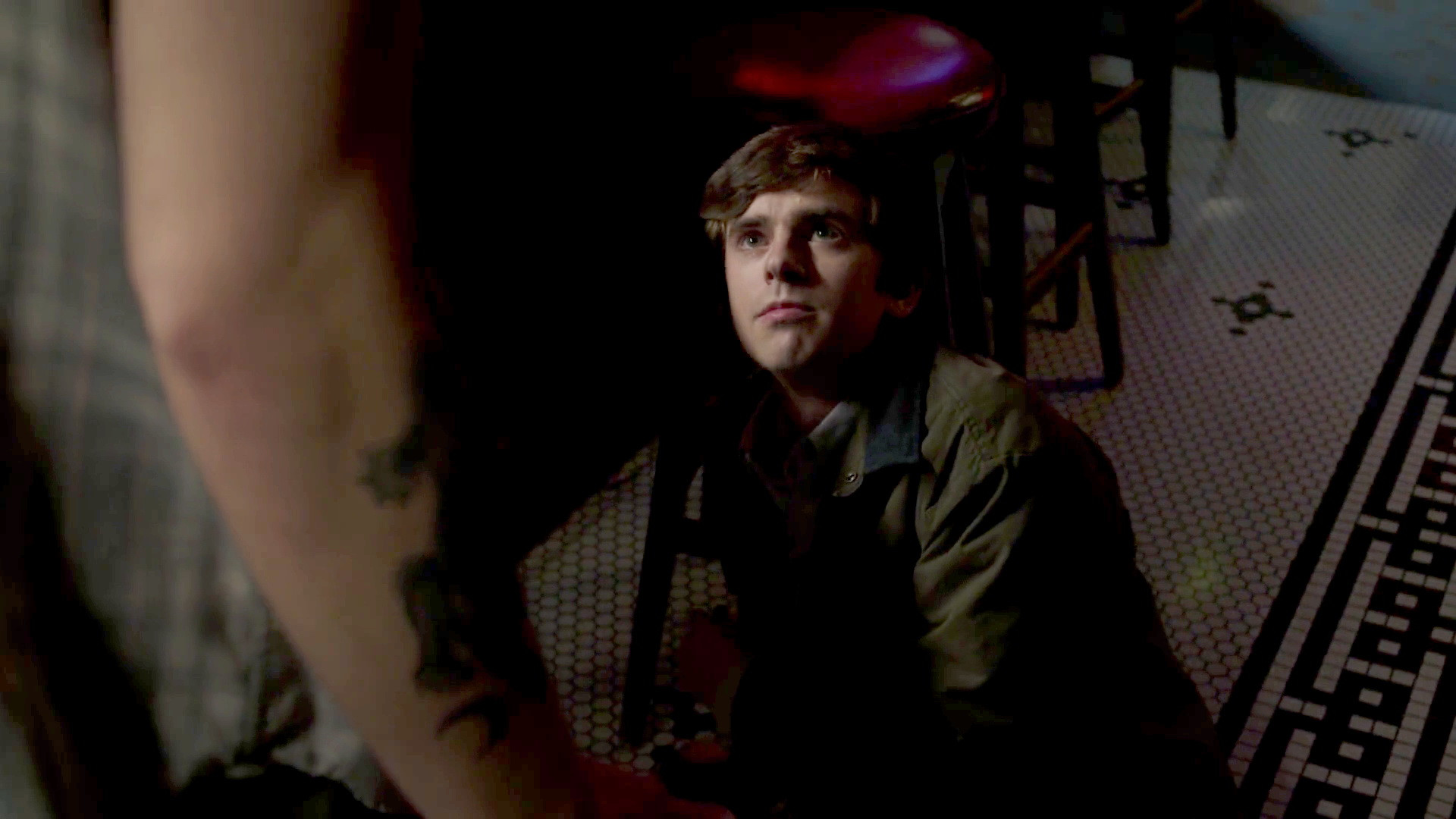
Shaun discovers a significant hematoma on his right ribcage and begins coughing up blood, signaling internal injury. He discreetly draws his own blood and asks Carly Lever to analyze it, feigning it’s for Claire’s patient. Carly, astute as ever, recognizes Shaun’s deception but runs the tests. Shaun describes the “patient’s” symptom as coughing blood. Viewers also observe Shaun’s clammy skin and sweating, further indicating a developing medical issue.
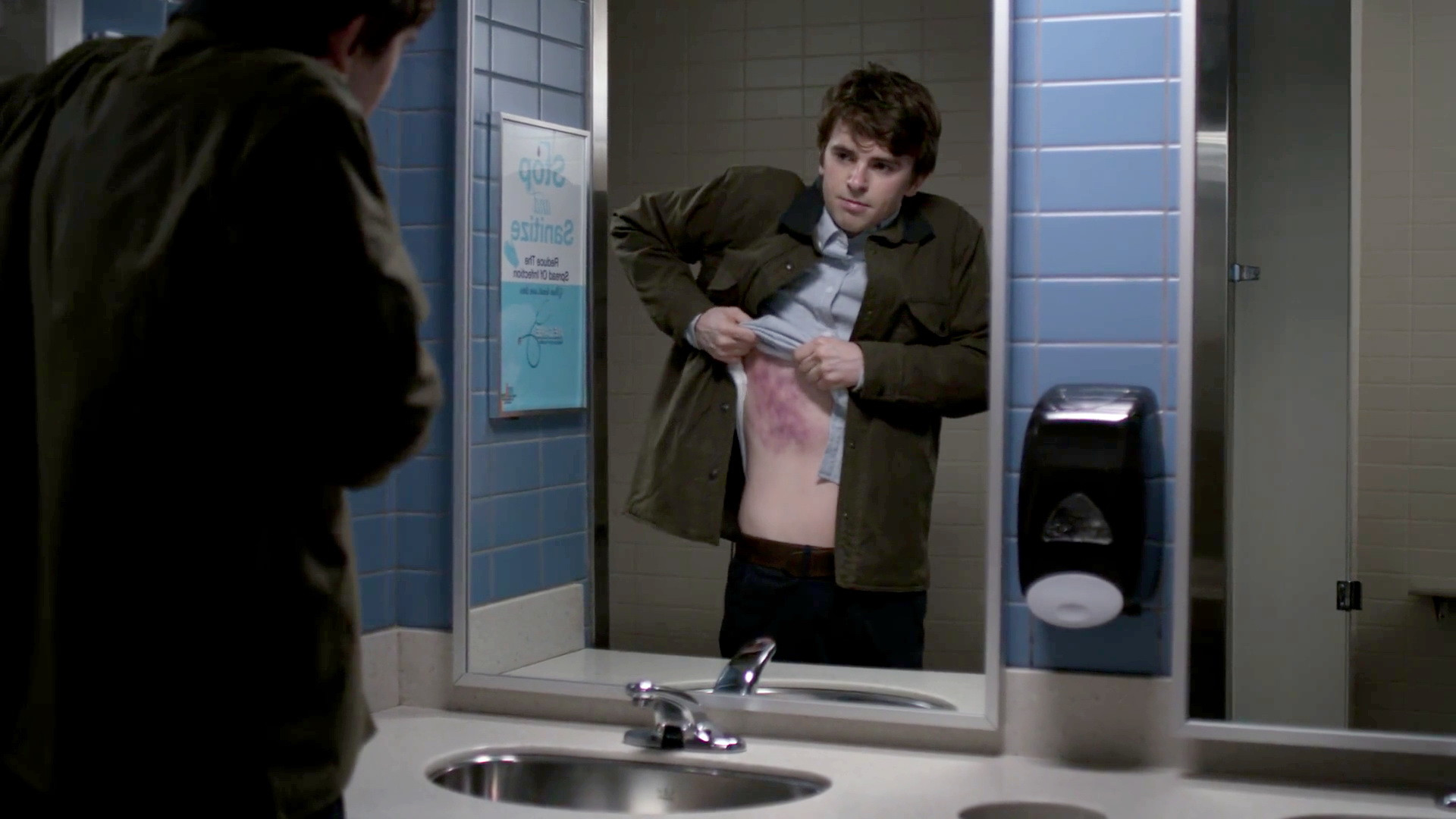
Carly delivers Shaun’s lab results, revealing elevated white blood cell count (WBC) and prothrombin time (PT), and slightly low hemoglobin. These values point towards impaired blood clotting and internal bleeding. Carly proposes pneumonia or disseminated intravascular coagulation (DIC) as possibilities, but Shaun, with his characteristic self-awareness of his own body, quickly identifies trauma as the cause. Carly then suggests coagulopathy, further exacerbating bleeding, and prescribes phytonadione to improve clotting, urging Shaun to take it immediately.
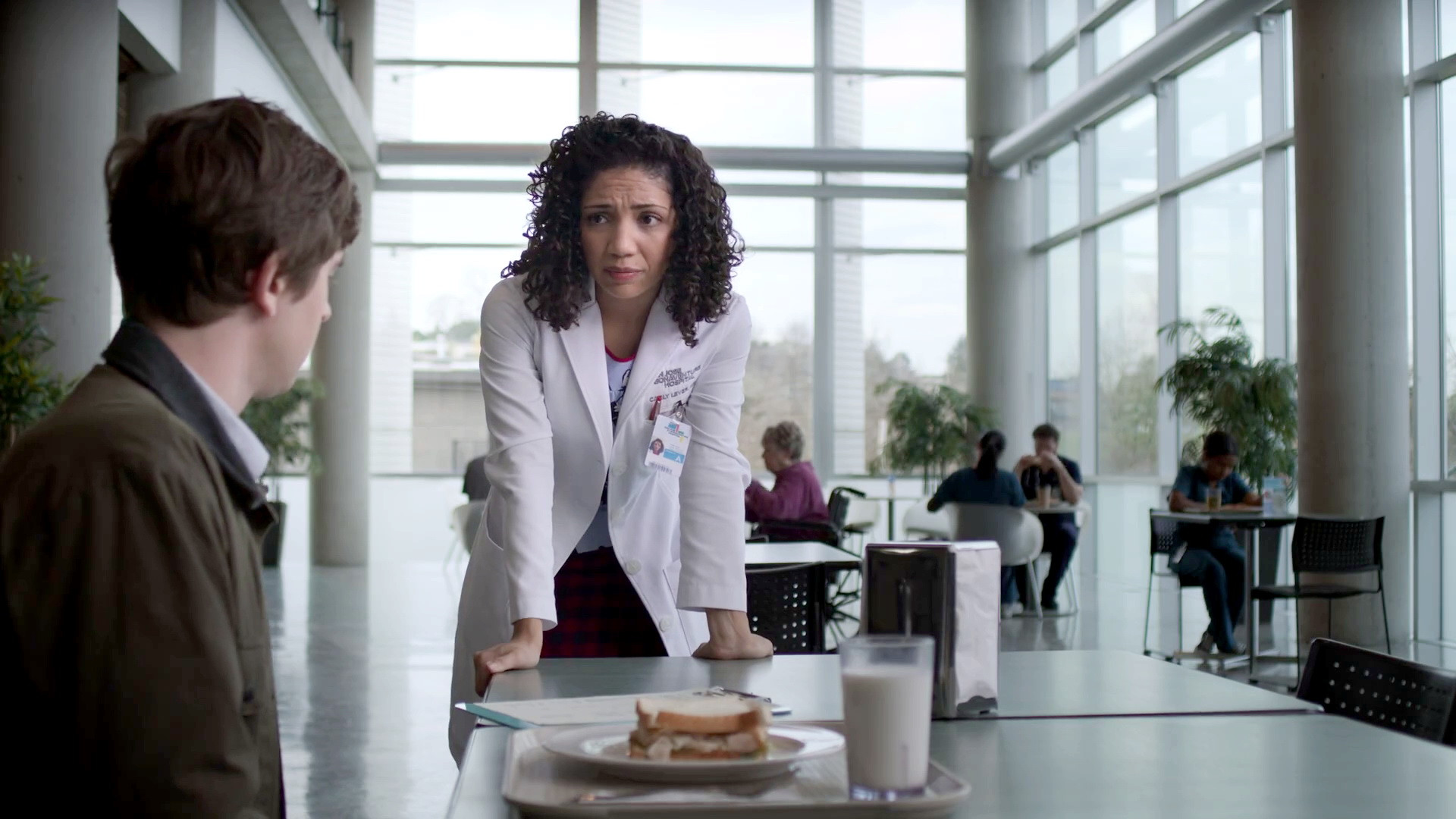
Ignoring his own medical needs, Shaun focuses back on Zack. He finds Zack being treated for rhabdomyolysis, a condition involving rapid muscle breakdown. Despite his worsening condition, evident in his profuse sweating, Shaun launches into an emotional outpouring to Zack about his job loss. While at Zack’s bedside, Shaun has a crucial realization: Zack’s diagnosis is incorrect. He recognizes the signs of a Treponema infection, needing immediate treatment. However, before Shaun can properly alert the medical team, he collapses next to Zack’s bed.
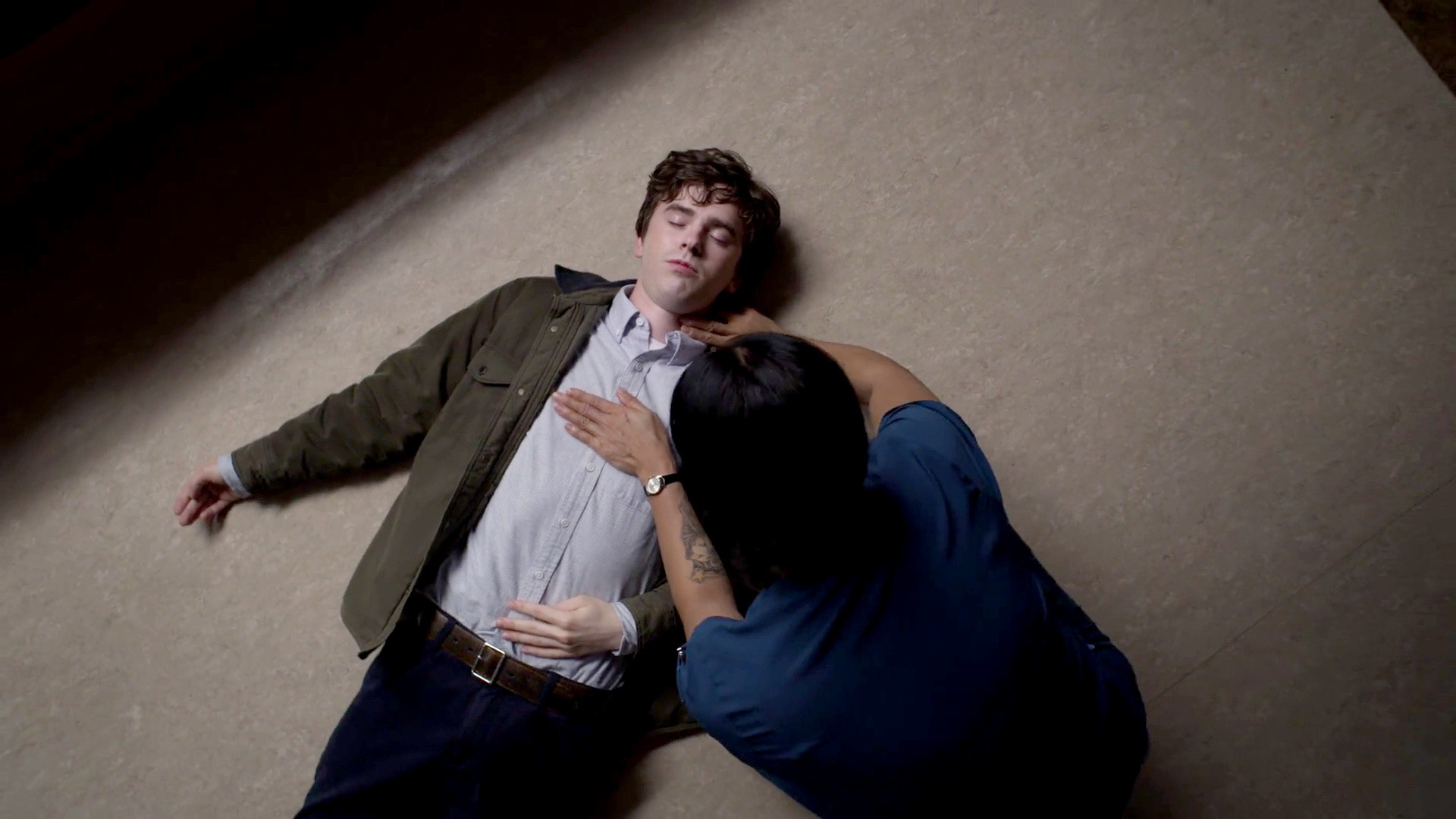
Shaun is admitted as a patient, diagnosed with a left hemothorax (blood accumulation in the pleural cavity) and a grade 2 splenic laceration (tear in the spleen) resulting from a fractured rib. The force of Zack’s punches fractured a rib, which in turn damaged Shaun’s spleen, causing internal bleeding into his chest cavity. Doctors insert a chest tube to drain the accumulated blood, and Shaun is intubated and placed on a ventilator due to compromised respiratory function. Claire connects the dots, realizing Shaun’s injuries are a direct result of Zack’s assault. Dr. Lim notes Shaun’s fragile respiratory status during his initial treatment.

Fortunately, Shaun demonstrates a strong recovery. When Dr. Andrews checks on him later, Shaun’s oxygen saturation is at 97%, and his urine output is a healthy 200 cc/hour. The episode implies Shaun is discharged without further complications, returning to his apartment fully recovered.
Meanwhile, Zack’s true condition is revealed to be an aortic arch aneurysm, a dangerous bulge in a major blood vessel, at risk of rupture, coupled with tertiary syphilis, caused by the Treponema bacterium (which Zack mishears as “Trampoline”). Zack undergoes surgery to repair the aneurysm and receives treatment for syphilis, ultimately stabilizing.

Points to Consider: Shaun’s Pain Threshold
One notable aspect of this episode, as highlighted by TeeJay’s notes, is Shaun’s seemingly stoic reaction to significant pain. While Shaun’s ability to mask pain could be attributed to his autism or simply a plot device, it stretches believability. Broken ribs are notoriously painful, making it questionable that Shaun could function as he did without exhibiting more overt signs of distress. This raises a point of discussion regarding the portrayal of pain in characters with autism in media and whether it aligns with real-world experiences.
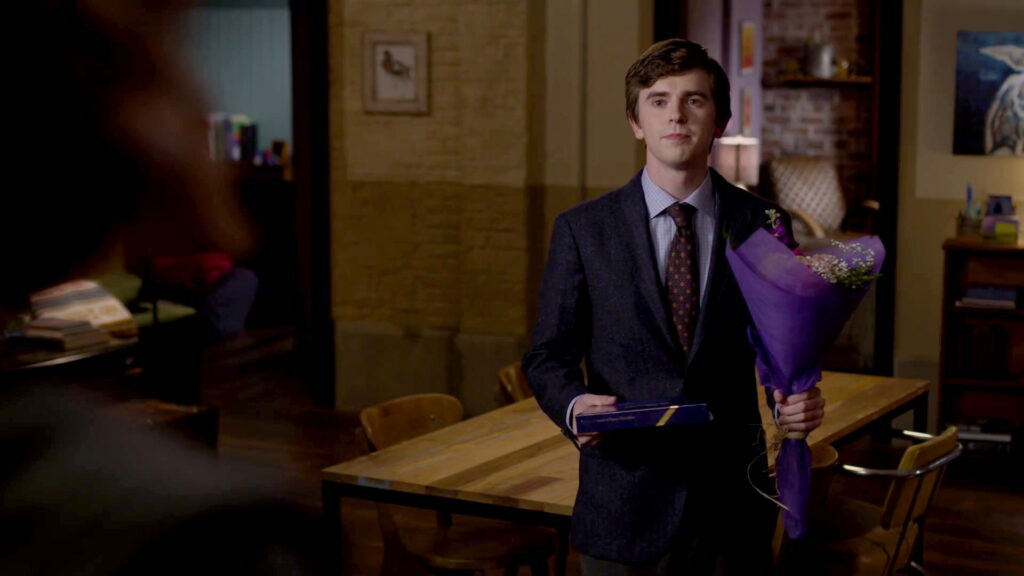
In conclusion, “Trampoline” is a pivotal episode in The Good Doctor, showcasing Dr. Shaun Murphy not only as a brilliant physician but also as a resilient patient. It highlights his unwavering focus on diagnosis, even while suffering from a serious injury. The episode provides a dramatic medical case involving blunt force trauma, splenic laceration, and hemothorax, set against the backdrop of another complex case of aortic aneurysm and syphilis. While the portrayal of Shaun’s pain tolerance may be debated, the episode effectively underscores his dedication to medicine and his unique character.

